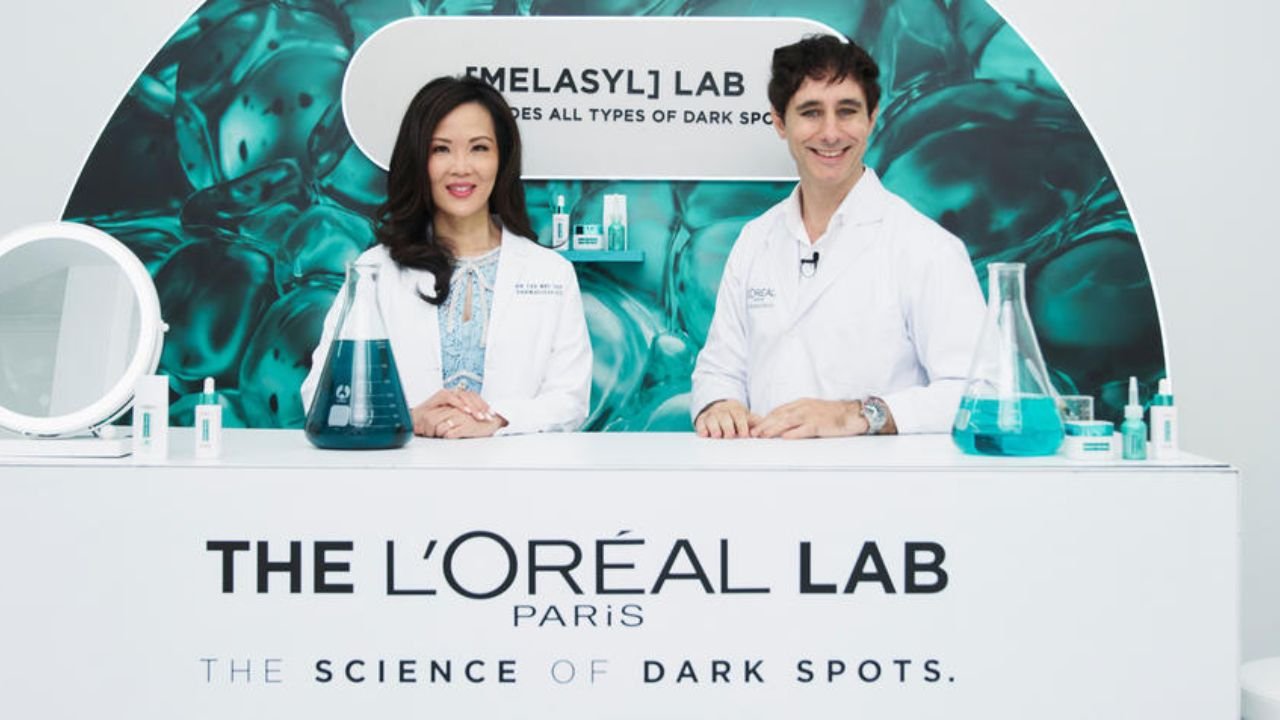Beauty without cruelty just got a major upgrade. L’Oréal Paris has officially introduced its groundbreaking EpiSkin technology to Australia, and as a result any remaining justification for testing cosmetics on animals is now null and void! Because, when you can literally grow human skin for testing, why would you turn to bunnies, mice, or any other adorable creatures to test your lippie?
Skin deep
Long before it became trendy to be cruelty-free, L’Oréal was already ahead of the game. The beauty giant banned animal testing in its labs back in 1989, 14 years before the law required it. But, they didn’t stop there. Instead, they pioneered a cutting-edge technology that would make traditional animal testing obsolete: reconstructed human skin. Yes, real human skin, created in a lab, designed to mimic the structure and behavior of actual skin. And no, this isn’t some sci-fi movie plot – it’s the future of ethical beauty that speaks to our STEM-loving soul.
So, what exactly is Episkin?
Episkin is L’Oréal’s revolutionary human skin model that allows researchers to test the safety and efficacy of cosmetic products without harming a single animal.
“The Episkin process starts with collection of surgical waste tissues from patients (collected with compete informed consent and transparency of what we’re using them for of course),” explains Dr. Richard Betts, L’Orél’s Head of Science and Technology.
“We isolate the cells from these skin samples, resulting in a single type of skin cell in each culture (e.g., a culture of purely keratinocytes from the epidermis, the top layer of skin, or of fibroblasts, the key cells in the dermis, the next major skin layer down). We then grow and expand the cells in the lab, increasing their number. Afterward, we add the cells into tissue culture plates, and the reconstruction process begins. Under the right conditions the cells will naturally form into a skin-like structure, and the reconstructed human skin is born, which serves as a reliable and ethical alternative to animal testing,” he says.

As Dr. Betts explains, “Animal skin and human skin are obviously not the same, and will frequently respond very differently to treatments or external stimuli and it is also difficult to accurately recreate the diversity of human skin types. Reconstructed skin models can be produced at large scale and tailored to suit a specific evaluation need, such as safety testing. They provide a critical data point as part of a broad safety evaluation, where we can combine computer modelling, reconstructed skin data and other endpoints to have a comprehensive picture of molecule or formula safety before we move onto human trials.”
If that wasn’t impressive enough, the European Commission has also approved Episkin as the only reconstituted skin technology. It’s not just L’Oréal patting itself on the back – science and regulatory bodies agree that this is a game-changer.
The implications for the beauty industry
Australia officially banned cosmetic testing on animals in 2020, which was a huge step forward. But the reality is, many global brands still rely on old-school animal testing in regions where regulations allow it. With L’Oréal’s introduction of Episkin in Australia, local beauty lovers can now feel even more confident that safety and innovation can exist without animal cruelty.
Not only does Episkin provide a far more accurate representation of how ingredients interact with human skin, but L’Oréal also makes this technology available to other companies, governments, and organisations.
“L’Oreal Group currently manufacture different types of reconstructed human skin in Episkin labs in France, China and Brazil – and make this technology available to governments, organisations and other companies for testing purposes, so they don’t have to test on animals,” says Dr Richard.
That means even more brands could ditch outdated animal testing methods in favour of scientifically advanced, cruelty-free alternatives.
A cruelty-free beauty future? You (and the bunnies) are worth it!
For those who care about what goes into their beauty products and how those products are tested, this is a huge win. The next time you swipe on your favorite L’Oréal lipstick or slather on some of their cult-favorite skin care – including Bright Reveal, a new pigmentation product, which contains an innovation new molecule called Melasyl – you can do so knowing that the brand isn’t just talking the talk when it comes to ethical beauty – they’ve been putting their money where their lipstick covers mouth is for over four decades.
So, let’s raise a (cruelty-free) glass (or bottle of serum?) to a future where beauty and innovation go hand in hand, without a single animal suffering in the process. With Episkin now in Australia, the excuse for animal testing is officially gone – and we couldn’t be happier, because when it comes to our furry friends … They’re worth it!





